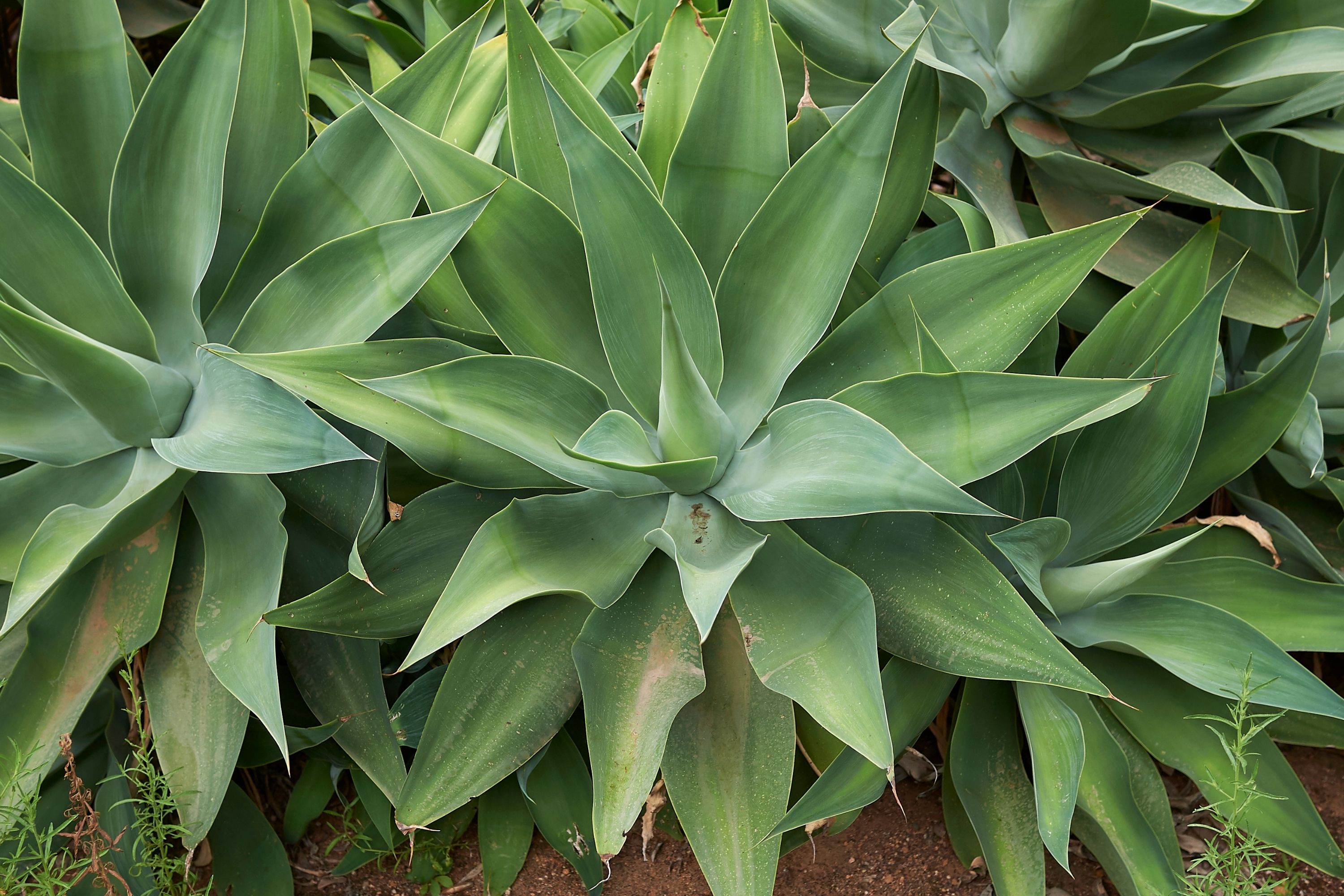Foxtail
(Agave attenuata)

Description
Agave attenuata, also known as the foxtail agave, is a popular species of agave that is native to Mexico. This succulent plant is widely cultivated for its ornamental value, as it is a visually appealing addition to any garden or indoor space. In this article, we will delve into the fascinating world of Agave attenuata, exploring its taxonomy, morphology, growing requirements, and uses. Taxonomy Agave attenuata belongs to the Agavaceae family, which comprises around 200 species of succulent plants. The genus Agave is known for its rosettes of thick, fleshy leaves and dramatic flower stalks that can reach up to 30 feet tall. Agave attenuata is a member of the subgenus Littaea, which is characterized by its smooth-edged leaves that lack sharp teeth or spines. Morphology Agave attenuata is a striking plant that boasts a unique morphology. Its rosette of leaves can grow up to 4 feet wide and 3 feet tall, with each leaf measuring between 2 to 4 feet long and 6 to 10 inches wide. The leaves are light green in color, with a smooth surface that lacks the spines or teeth typical of other agave species. The leaf edges curve gently inward, giving the plant its characteristic foxtail-like appearance. When Agave attenuata reaches maturity, it produces a tall, branched flower stalk that can reach up to 8 feet in height. The stalk is covered in small yellow-green flowers that bloom in the summer and attract pollinators such as bees and hummingbirds. Growing Requirements Agave attenuata is a hardy plant that is well-suited to a wide range of growing conditions. It can be grown outdoors in USDA hardiness zones 9 through 11, which encompass much of the southern United States, as well as many parts of Mexico, Central America, and South America. In colder climates, it can be grown indoors as a houseplant. Agave attenuata prefers well-draining soil and plenty of sunlight, but it can also tolerate some shade. It is drought-tolerant and can go several weeks without water, making it an ideal plant for low-maintenance gardens. However, it will grow faster and produce larger leaves if it receives regular watering. Propagation Agave attenuata can be propagated through seed or by removing offsets, which are small plantlets that grow at the base of the mother plant. To propagate by offsets, carefully remove them from the mother plant and plant them in well-draining soil. Water sparingly until they establish roots, and then gradually increase watering as the plant grows. Uses Agave attenuata is primarily grown for its ornamental value, as its unique shape and size make it a standout addition to any garden or indoor space. It is often used in xeriscaping, a landscaping technique that aims to conserve water by using drought-tolerant plants. In addition, the plant's leaves are sometimes used in floral arrangements and other decorative crafts. The sap of the Agave attenuata plant is also used to produce pulque, a traditional Mexican alcoholic beverage. However, this practice is less common now than in the past, as most commercial pulque production has shifted to other species of agave. In conclusion, Agave attenuata is a fascinating plant that offers both aesthetic and practical value. Whether grown outdoors in a garden or indoors as a houseplant, it is sure to capture the attention of anyone who sees it. With its unique morphology and ease of care, it is no wonder that Agave attenuata is a favorite among gardeners and plant enthusiasts alike.
Taxonomic tree:







